incl. VAT plus shipping costs
Immediate delivery, express possible ![]()
More than 20 Articles in stock
Delivery only innh. Germany and Austria possible.
Switch to the German store
- Item no: 7149
Fast delivery times
All products are in stock with us!14 years of breeding experience
Let our team of experts advise you!High customer satisfaction
from over 3,000 reviews "| Water values: | soft to medium hard |
| Aquarium size: | 100 l (approx. 80cm) |
| Temperature: | 25-30 °C |
| Behavior: | Active |
| with fish?: | Yes, with peaceful fish |
| with snails/shells?: | No |
| Planting possible?: | conditional* (see description) |
| Fish group: | Loaches |
| Pelvic region: | Below |
| Visual effect: | Swarm behavior |
| Origin: | Asia |
| Final size: | 4-8 cm |
| Difficulty: | 1 - Simple |
| Feature: | dynamic group behavior |
| with large crabs?: | No |
| Breeding: | heavy |
| Diet: | molluskivor - snail eater |
| with dwarf crabs?: | No |
| with shrimps?: | Socialization not possible |
| with crabs?: | No |
The checkerboard loach, Yasuhikotakia sidthimunki, formerly Botia sidthimunki, is one of the most popular loaches due to its fascinating checkerboard pattern and easy care, as well as an average size of 8 cm. Originally from the Chao Phraya River in Thailand and the Mekong River in Indochina, it inhabits rivers as well as ponds and floodplains with boggy and muddy bottoms. These peaceful animals are very tolerant of water parameters, preferring soft water, and are suitable for keeping in community aquariums. The care is already possible for experienced beginners.
In the basic coloration the checkerboard loach is rather pastel and shows a dark brown patterning over the entire body, which reminds of a checkerboard, hence its German name. Sometimes the upper back is somewhat lighter and divided by a black longitudinal band that extends over the pointed mouth with two pairs of barbels to the root of the caudal fin, but occasionally the belly area is more colorless and may have a silvery sheen. However, some animals also have a completely dark basic coloration, which is interrupted by bright more or less round spots and bands. The caudal fin is transparent, but can also be brightly set and show black spots on the outer edges. The remaining fins are also transparent. Like other loaches, the checkerboard loach has sub-eye spines that it can erect when threatened. It is a group fish that depends on several individuals of its species and feeds on microorganisms that it filters from mulm.
Sex differentiation of checkered loaches is nearly impossible externally. Presumably, however, the females become rounder and plumper. Breeding is considered impossible, yet there are reports of accidental breeding.
Due to their somewhat small size, checkerboard loaches can already be kept in 80 liters. The substrate should be fine sand, which can be rummaged through by the loaches. Roots and stones provide hiding places and a dense planting offers retreat. Since Zebra Loaches occasionally swim long distances, sometimes even chasing other fish, care should be taken to provide adequate swimming space. In contrast to other loaches the Zebra Loach is rather diurnal and scurries the whole day through the aquarium. The water values should preferably be rather soft with a pH-value between 6-7,5, but it can also be kept in harder water up to a maximum of 30° dGH without any problems. The temperature may be maximum 30°C, optimal would be between 22 and 26°C.
Provided that the Zebra Loach is kept in a group with at least 6 animals, it is a peaceful companion, which does not harm any flies. Nevertheless, the socialization with shrimps or crayfish is rather not recommended, snails like to eat them. Other peaceful bottom-dwelling or schooling fish are suitable in their neighborhood. Occasionally the Zebra Loach even swims with them and examines them curiously.
Even though the loach attaches great importance to its own kind, it rarely swims or rests in the shoal and is mainly occupied with itself. It is not very territorial or aggressive and usually does not bother other fish or plants, although it may nibble on an overly finely feathered plant. Newly introduced checkerboard loaches behave hectically and restlessly and only become calmer with time. However, as soon as something edible enters the aquarium, they "really turn on" and bring life into the aquarium. Chessboard loaches are quite daylight-suited fellows, which do not hide permanently, but also sometimes visit a cave together.
As an omnivore, the Zebra Loach mainly rummages through the mulm in search of tiny creatures such as hoppers, snails and the like. Due to their affinity for snails, it is therefore suspected that these make up large portions of their main diet in the wild, so they should be fed with Food snails supplementary feeding if the aquarium population has already been decimated. That being said, it can also be switched to dry and granular foods, as well as sinking chips, tablets and wafers. Occasional live and frozen foods are very readily accepted and round out their diet. Although they usually seek their food on the bottom, they will also swim up to the water surface for intake. In general, they are very good, albeit frantic, feeders, becoming very active each time they are fed.
Our food recommendation: The NatureHolic Catfishfeed for all aquarium sucker catfish that eat aufwuchs is a balanced tablet food that does not cloud the water and the fish are happy to eat. The catfish tablets also contain NatureHolic active ingredient complexes that provide sucker catfish with everything they need for a strong immune system, healthy growth and great, contrasting coloration. As a snack, supplemental food or vacation food, we recommend the CatfishPlates.
Our plant recommendation: Use for planting NatureHolic InVitros. These are free of snails, planarians and other unwanted co-inhabitants. Also free of algae spores, bacteria and fungi.
Expert Tip: We recommend for fish keeping the NatureHolic 3 Phase Liquid. The care set offers the best all-round protection for your animals. It ensures optimal conditions for successful breeding and keeping.
| Scientific name: | Yasuhikotakia sidthimuki, formerly: Botia sidthimunki |
| German Name: | Checkered loach |
| Difficulty level: | for beginners |
| Origin/Distribution: | Thailand, China |
| Coloration: | light base coloration with dark "checkerboard" pattern, two pairs of barbels, sub-eye spines |
| Age expectancy | up to 15 years |
| Water parameters: | GH up to max. 30° dGH, KH 0-15, pH 6-7.5, temperature 22-29 °C |
| Tank size: | from 80 l |
| Food | Omnivorous, aufwuchs, algae, live and frozen food, dry food, granules, chips, wafers, tablets, food snails |
| Breeding | not breedable |
| Behavior | peaceful |
| Group size | at least 6 animals |
| Further information | Ten typical aquarium fish for beginners and alternatives to them, Tips for acclimating fish to the aquarium, Feeding aquarium fish properly - cheap food and what it can do |
- Item no: 7149
- EAN No.: 7427061496840
Entdecke die Garnelio Welt!
Garnelio gehört zu den größten Onlineshops für wirbellose Aquarientiere weltweit.
Viele Artikel gibt es exklusiv nur bei uns im Shop.

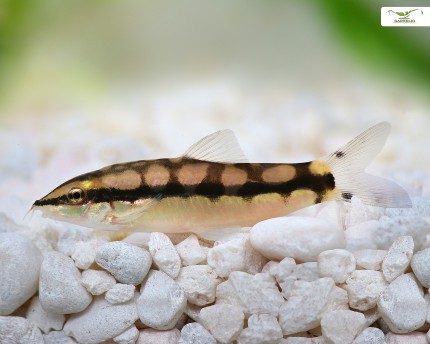

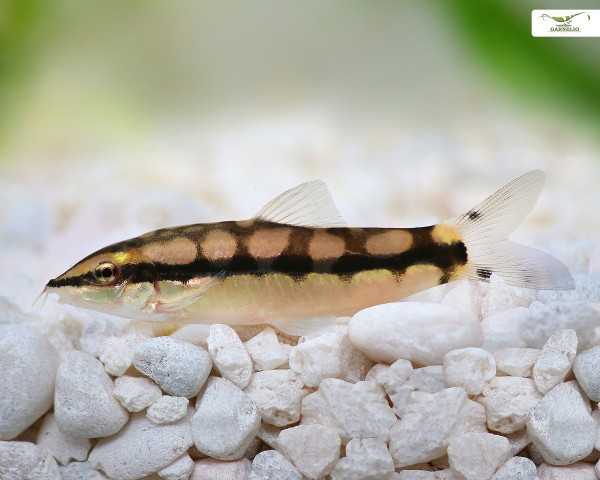
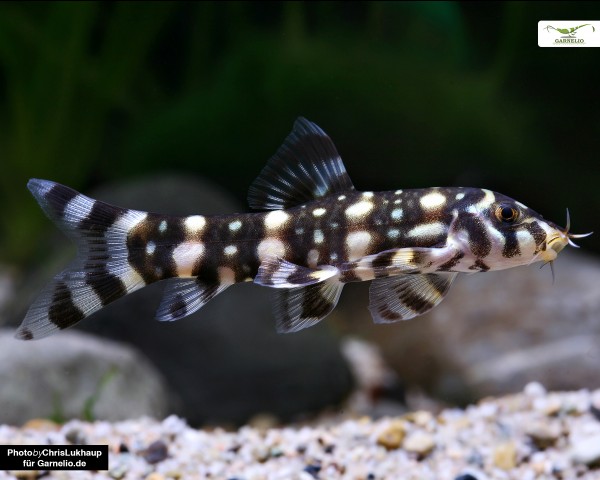
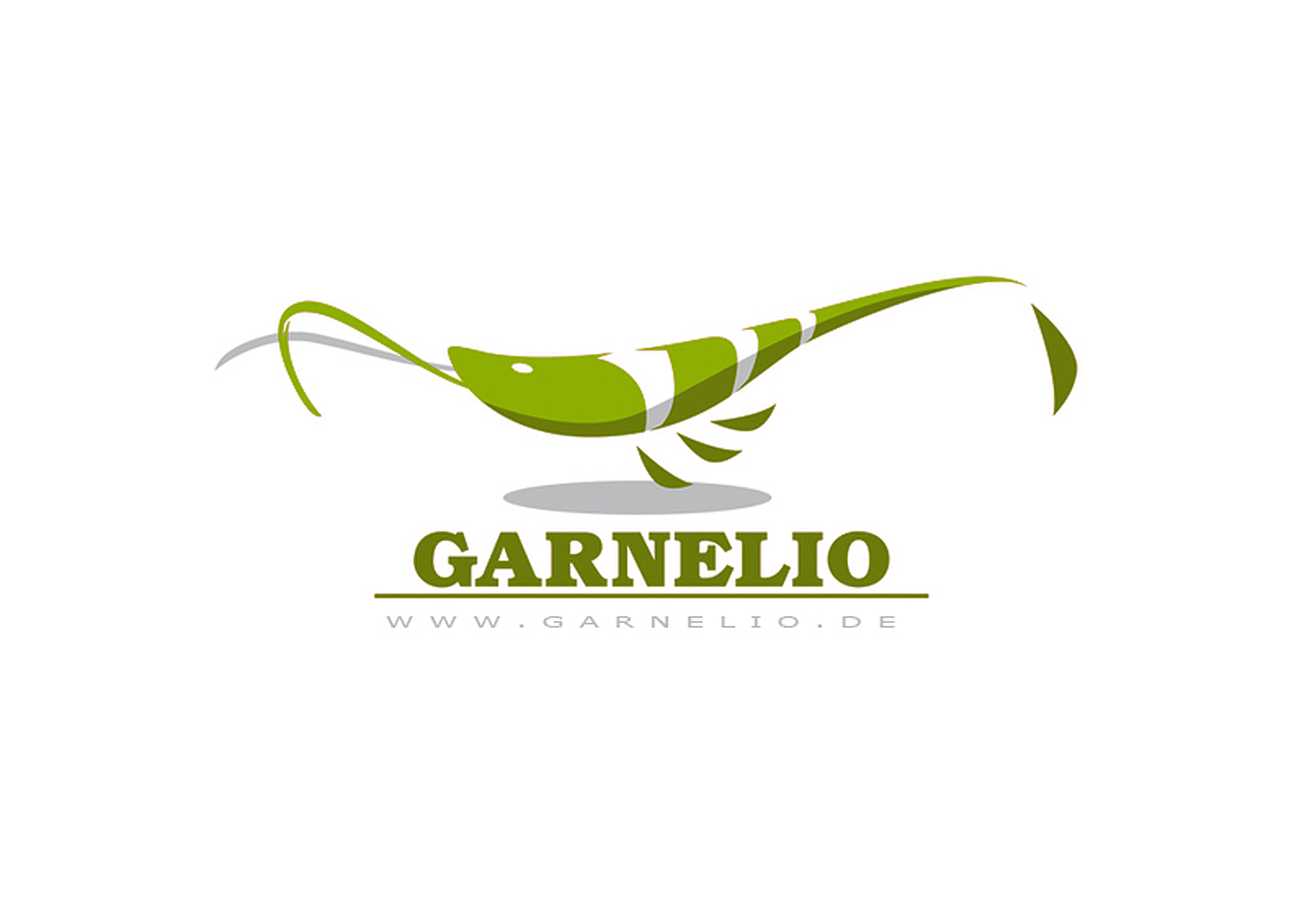
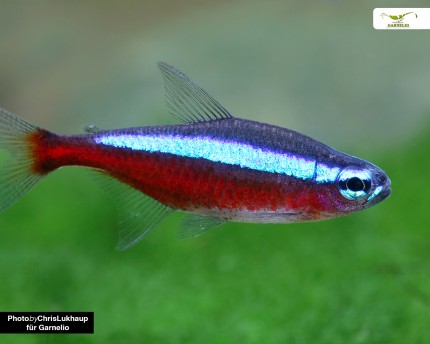
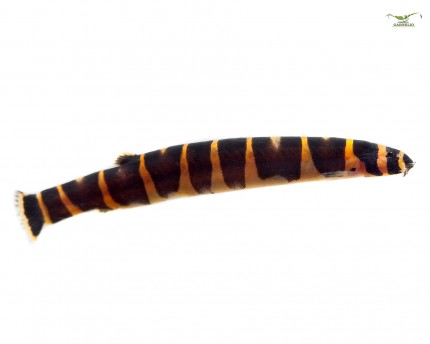

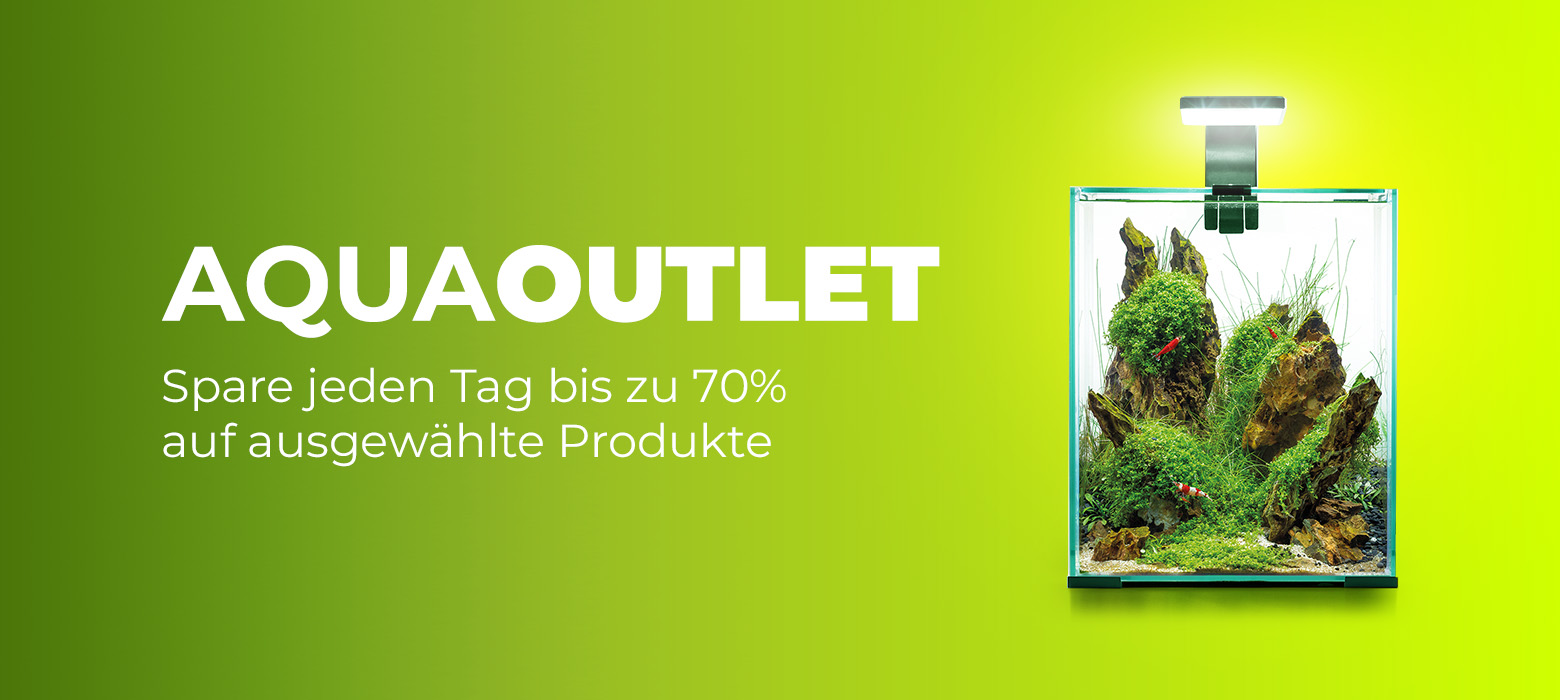
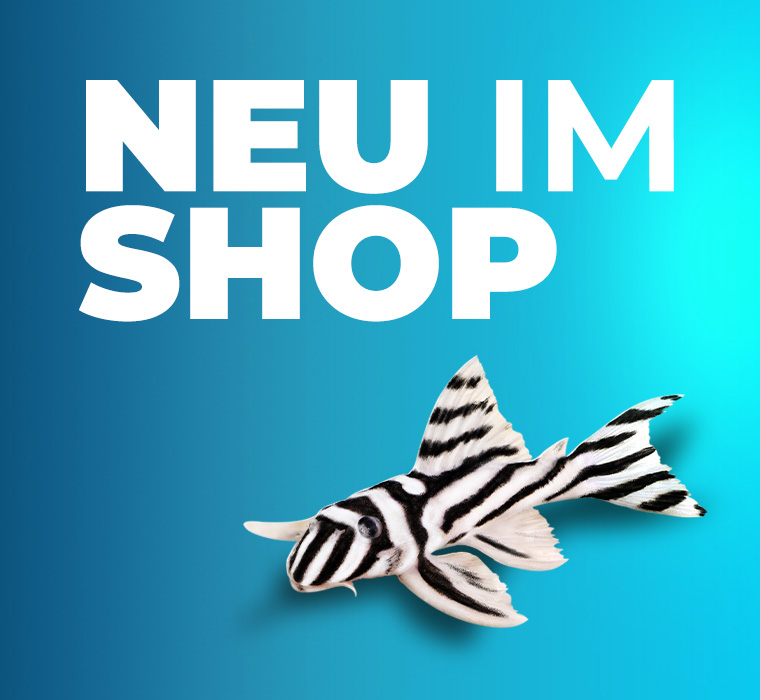
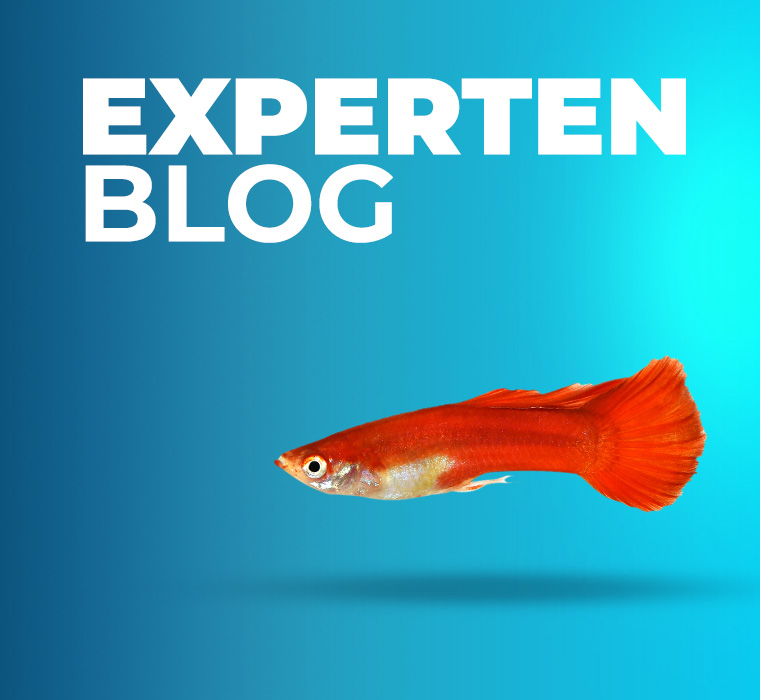

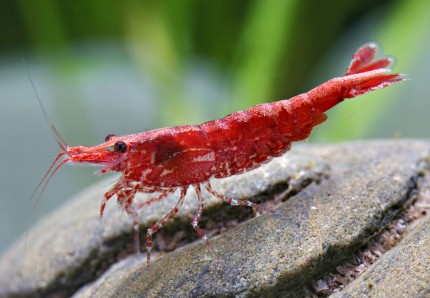
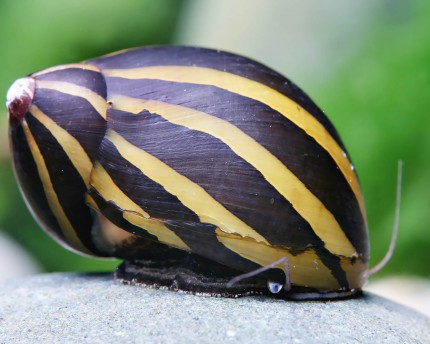
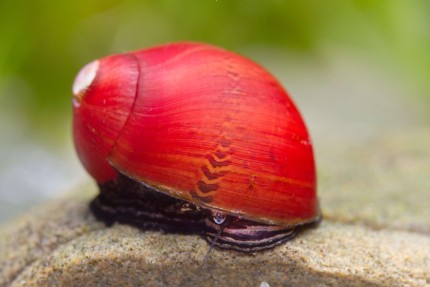
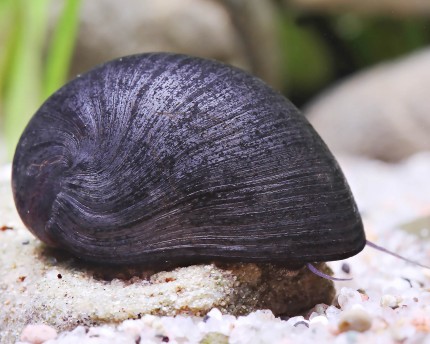
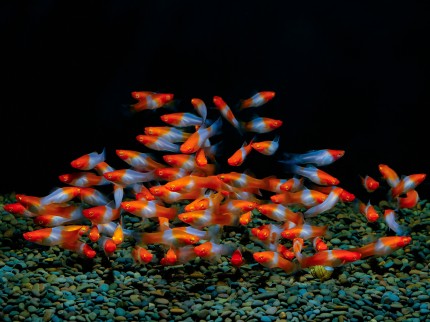
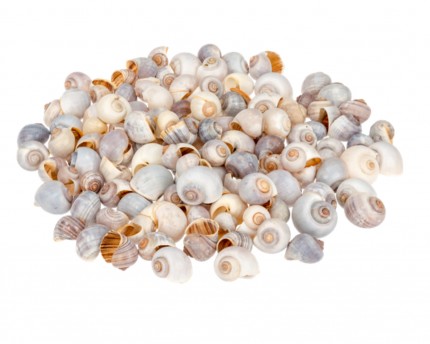
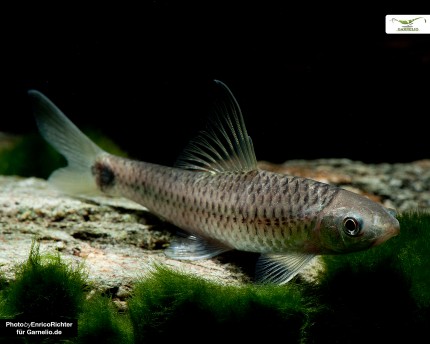
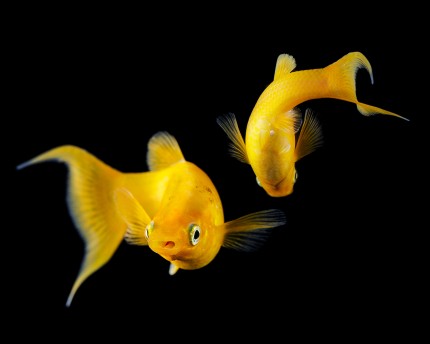
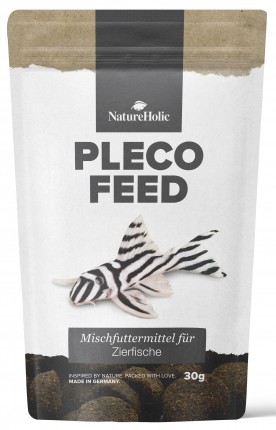
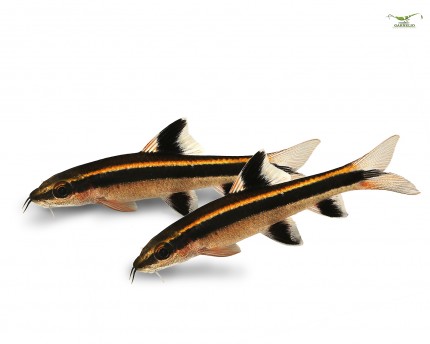
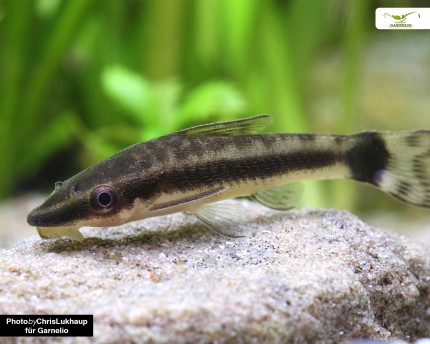
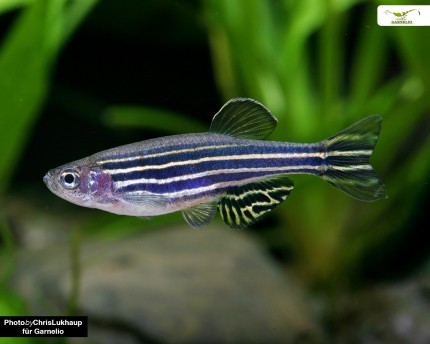
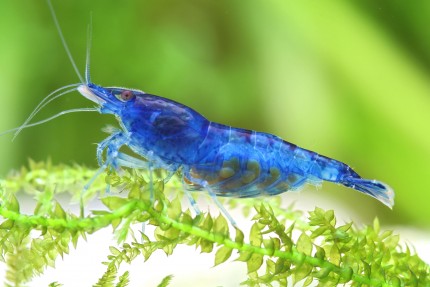
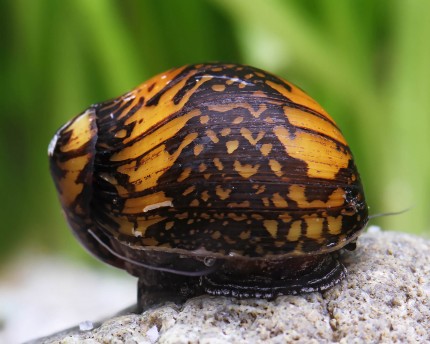
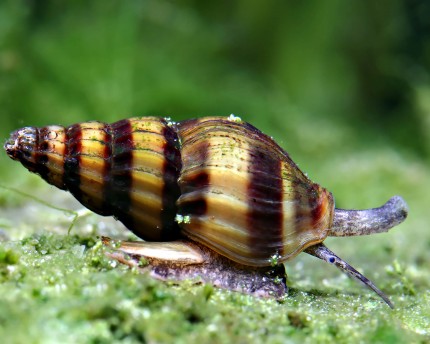
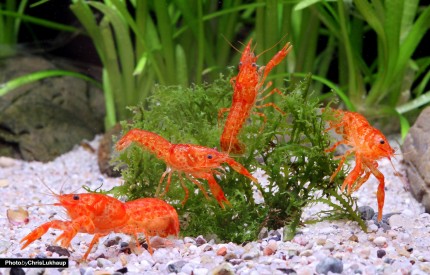
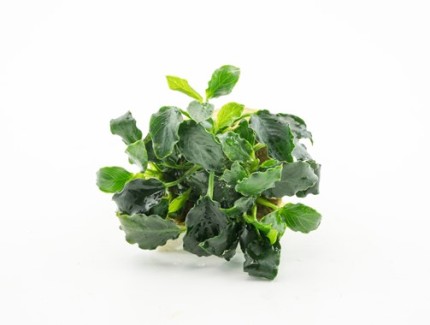
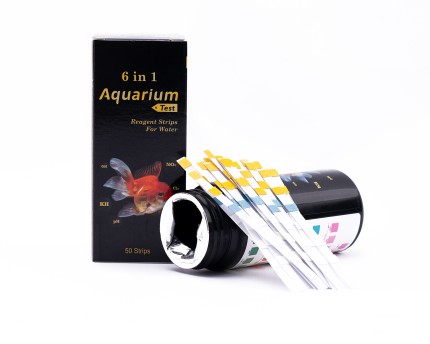
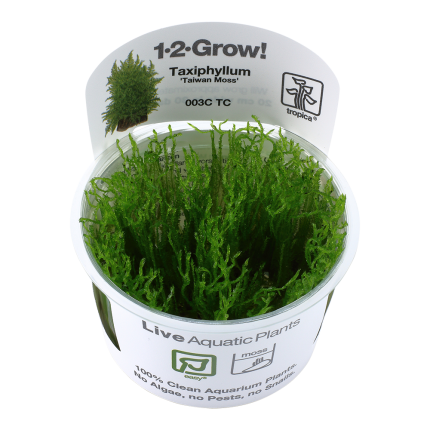
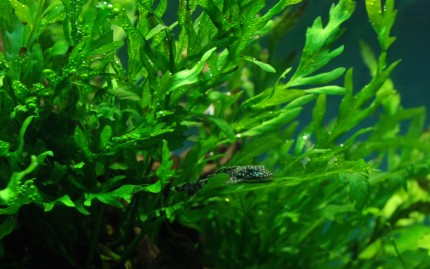
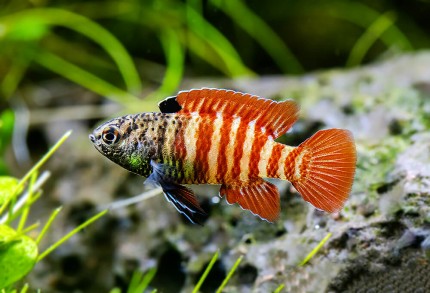
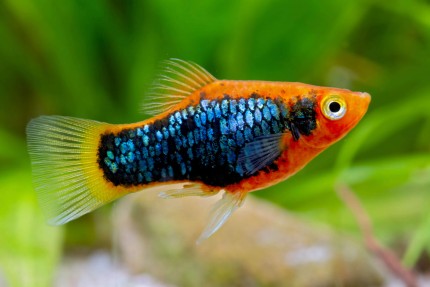
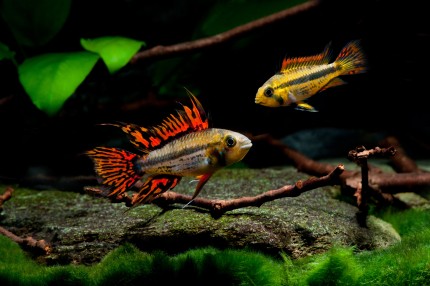
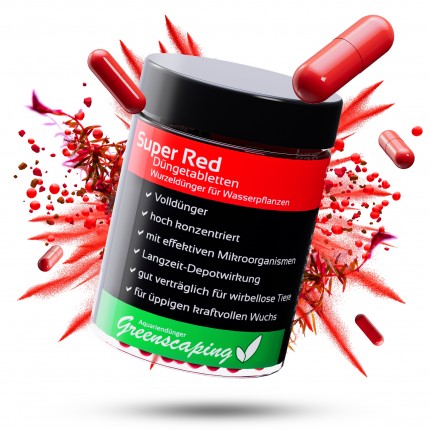
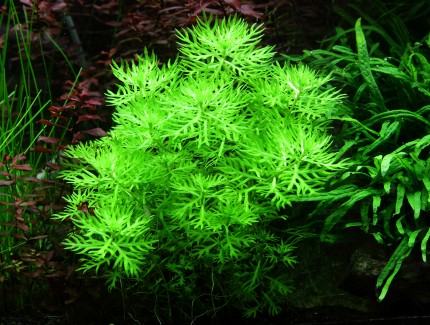
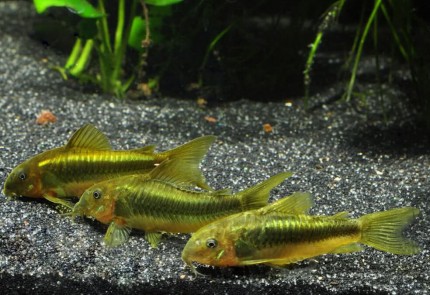
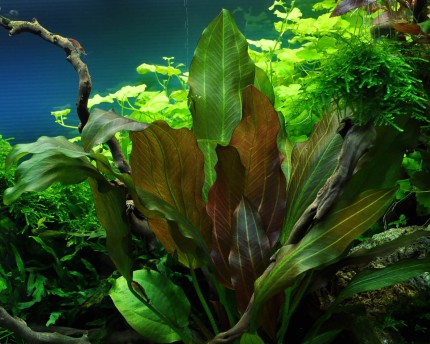
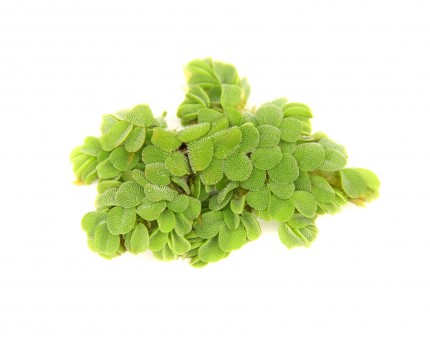
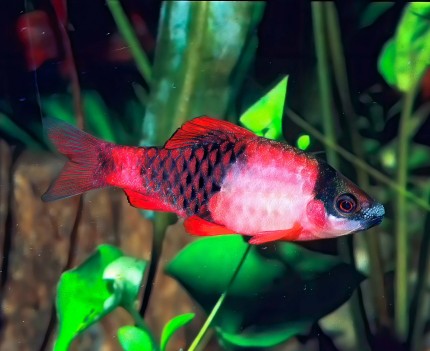
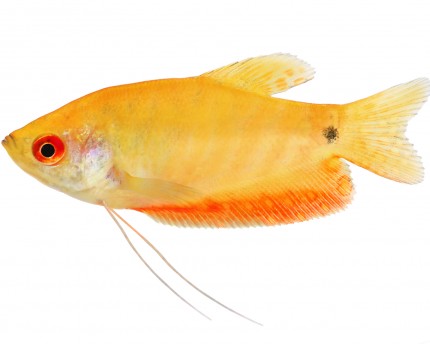
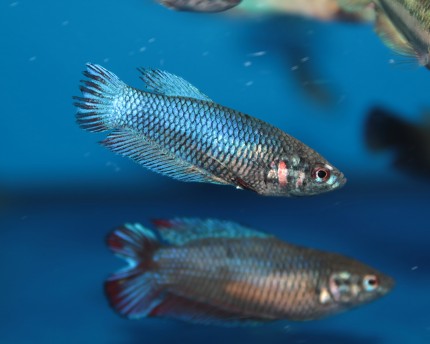
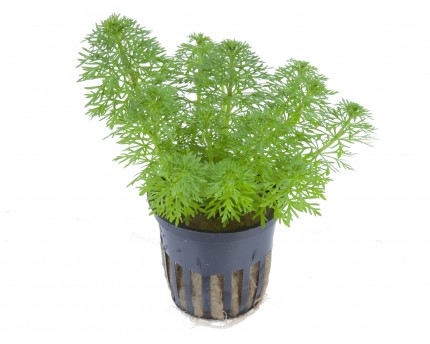
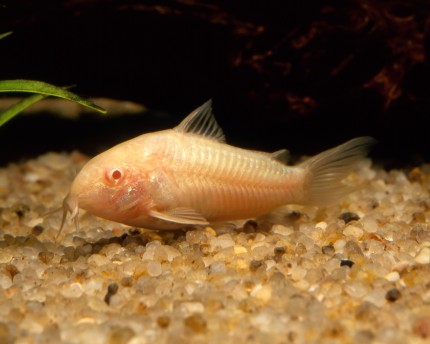
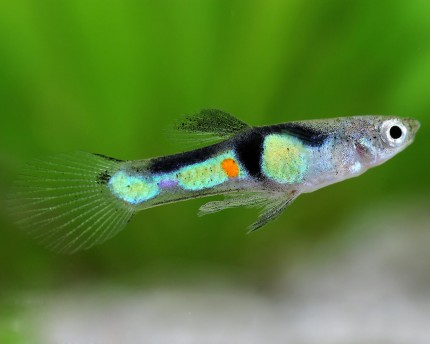
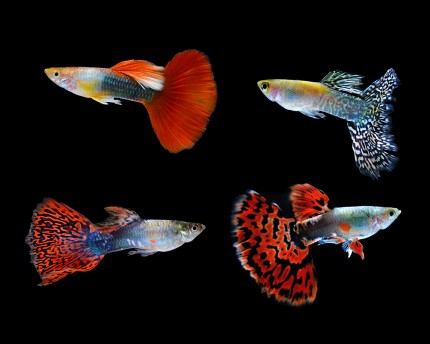
The fields marked with * are required.
I have taken note of the privacy policy.